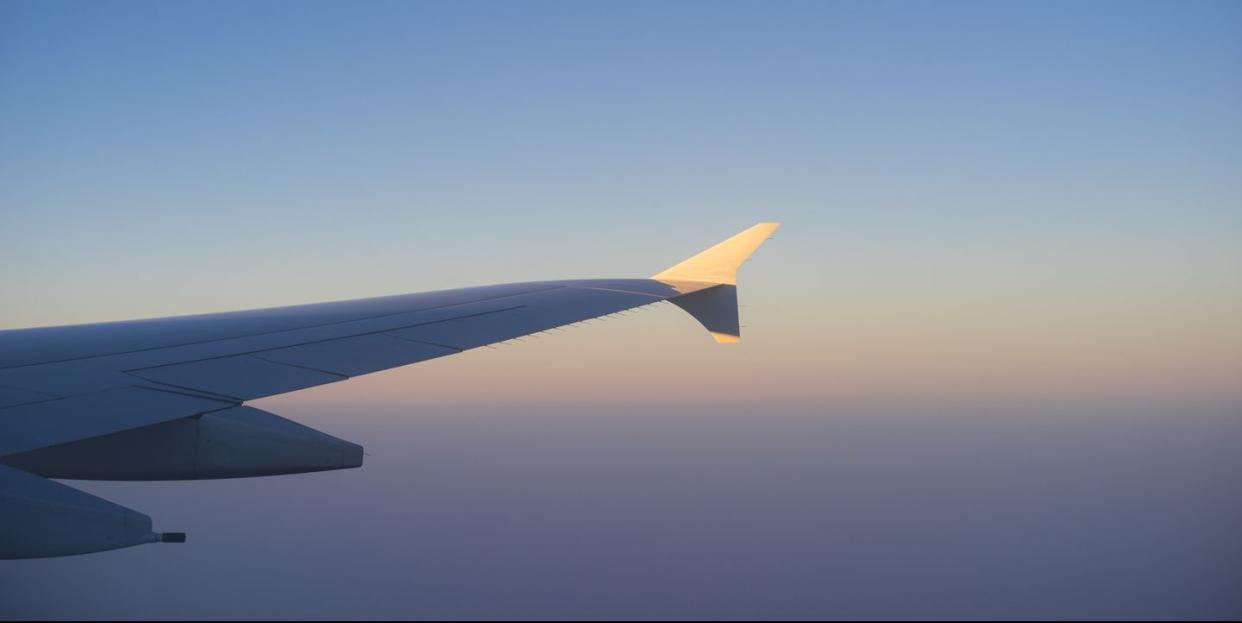13 tips for safe travel during COVID-19

Since the UK went into lockdown on 23 March, the UK government has advised people should stay home as much as possible and avoid all non-essential travel. However, for some people, travelling abroad is necessary. But is it safe to travel? And what precautions can you take to protect yourself from contracting coronavirus while flying on a plane?
We speak to Dr Shawn Nasseri, renowned Harvard educated, Mayo Clinic trained ear, nose and throat doctor (ENT), to share his thoughts on how safe flying is during coronavirus and his guidelines for safer travel.
How safe is flying during coronavirus?
The risk is all dependent on the density of passengers, the length of time of the travel exposure, and the hygiene of the cabin, vehicle, and its air handling/filtering system.
Low density options, which airlines have moved to in order to reduce the number of passengers, have been a great improvement.
Spacing out passengers on buses, trains, and other forms of public transportation with much more frequent cleaning regimens also help substantially.
How does coronavirus spread on an airplane?
COVID-19 can spread through respiratory droplets from passengers coughing or sneezing while on board. These droplets can last on surfaces for hours depending on how infectious they are, so they can infect anyone who is within two rows of one another. While many airlines are touting HEPA filters as a safety precaution, with the air being recirculated in flight, there is still a risk of being exposed before the droplets are filtered or vented out.
The World Health Organisation defines contact with an infected person as being seated within two rows of one another. What's more, on long haul flights, passengers are more likely to get up and move around in the cabin to stretch their legs, go to the bathroom or reach for the overhead cabin.
Where is the safest place to sit on an airplane?
The window seat is the safest seat as you can better avoid passengers and flight crew walking up and down the isle. Many airlines are taking precautions and not filling every seat, or not filling the middle seat so there is space between passengers, which is helpful.
A 2018 study found that most passengers left their seat at some point on medium-haul flights. However, of those passengers sitting in a window seat, only 43 per cent moved around as opposed to 80 per cent of people seated on the aisle.
A window seat may lower your risk of coming into contact with an infected person as the study found window seat passengers had 12 contacts on average, compared to the 58 and 64 respective contacts for middle and aisle seats.
What should you do before you fly?
Take a solid stress multivitamin which can help your immune response to viral and other respiratory infections with travel.

13 safety tips for flying during COVID-19
If you are flying for essential reasons, the following tips may help you to stay safer:
1. Make sure to wear your mask throughout the entire flight to help protect yourself from any airborne particles.
2. Practice social distancing as much as possible, both at the airport and on the flight.
3. Stick to carry-ons, as it will go through the least sets of hands/contact.
4. Keep purses and other small carry on bags closed and zipped up as much as possible, as this can be a source of exposure.
5. Use disinfecting wipes to sanitise your seat, seat belt, windows, and tray tables before being seated.
6. Use a wipe or paper towel to open and close high traffic, high touch areas like the overhead compartment, tray tables, restroom doors, etc.
7. Use hand sanitiser throughout the flight after touching any surfaces, including the overhead bin, tray table, arm rests, etc.
8. Try to avoid using the bathroom on the plane, but if you are on a longer flight and that isn’t possible, be sure to wash your hands thoroughly.

9. Stay hydrated! This will allow your mucous membranes to function more efficiently. After your flight, wash your hands right away and blow your nose. You can also use a saline spray to wash out your mucous membranes.
10. As mentioned above, take a protective vitamin with immune boost – doses of vitamin C and other vitamins and minerals have shown definite improvement in immune response.
11. Bring your own freshly laundered or purchased travel pillow and blanket.
12. Wash your face and hands with soap for a minimum of twenty seconds after the flight.
13. You can also moisten or rinse your nose with a sterile saline spray in order to maintain a moist protective barrier.
Subscribe to Red now to get the magazine delivered to your door. Red's latest issue is out now and available for purchase online and via Readly or Apple News+.
Like this article? Sign up to our newsletter to get more articles like this delivered straight to your inbox.
You Might Also Like



